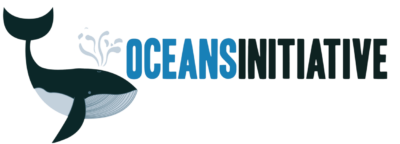
A lot of our time is spent looking for whales and dolphins. When we find them, we assume that the animals are in a particular place for a good reason. The area that the animals occupy is their habitat, and much of our scientific research aims to identify why animals are found in some areas and not others. The aim is to identify the kind of habitat that species prefer, and to conduct science that lends support for legal protection of important habitats for whales, dolphins and porpoise. Sometimes this is as coarse as simply animal mapping distribution from surveys. In really well-studied species like killer whales, our work can get quite narrowly focused.
LOCATION, LOCATION, LOCATION
Imagine a killer whale’s behaviour as providing a Yelp review of restaurants. If a whale is always feeding whenever you see it in a particular spot, then that spot can be thought of as a “restaurant” that gets 5 stars. If a whale is never seen feeding in a particular area, it gets 0 stars. Our study mapped feeding preferences of endangered southern resident killer whales in the waters around the San Juan Islands. [For the locals, it turns out the southside received the 5 star review. Not very surprising, I guess. The area’s called Salmon Bank for a reason.] But the take-home message is that preferred feeding habitats can be targeted to receive priority for habitat protection and considered in marine spatial planning initiatives. Our work has convinced us that despite their wide-ranging and migratory lifestyles, whales, dolphins and porpoises can benefit from marine protected areas.
We’ve found that critical habitat for whales can be a mixed blessing of sorts. Whales may aggregate in certain areas because they are reliable places to find food and mates, but this tendency to aggregate may lend whales surprisingly vulnerable to catastrophic events like oil spill.


